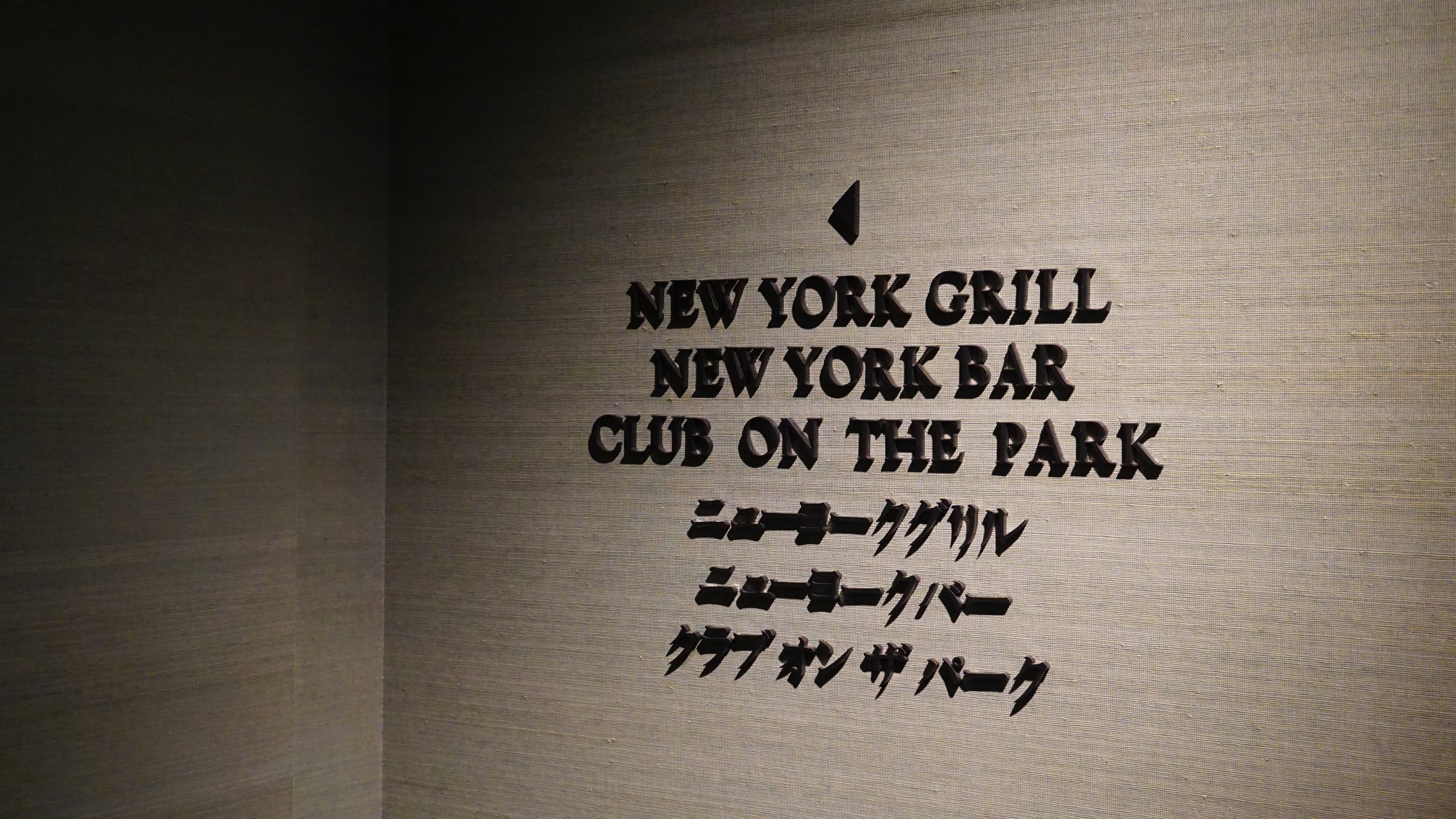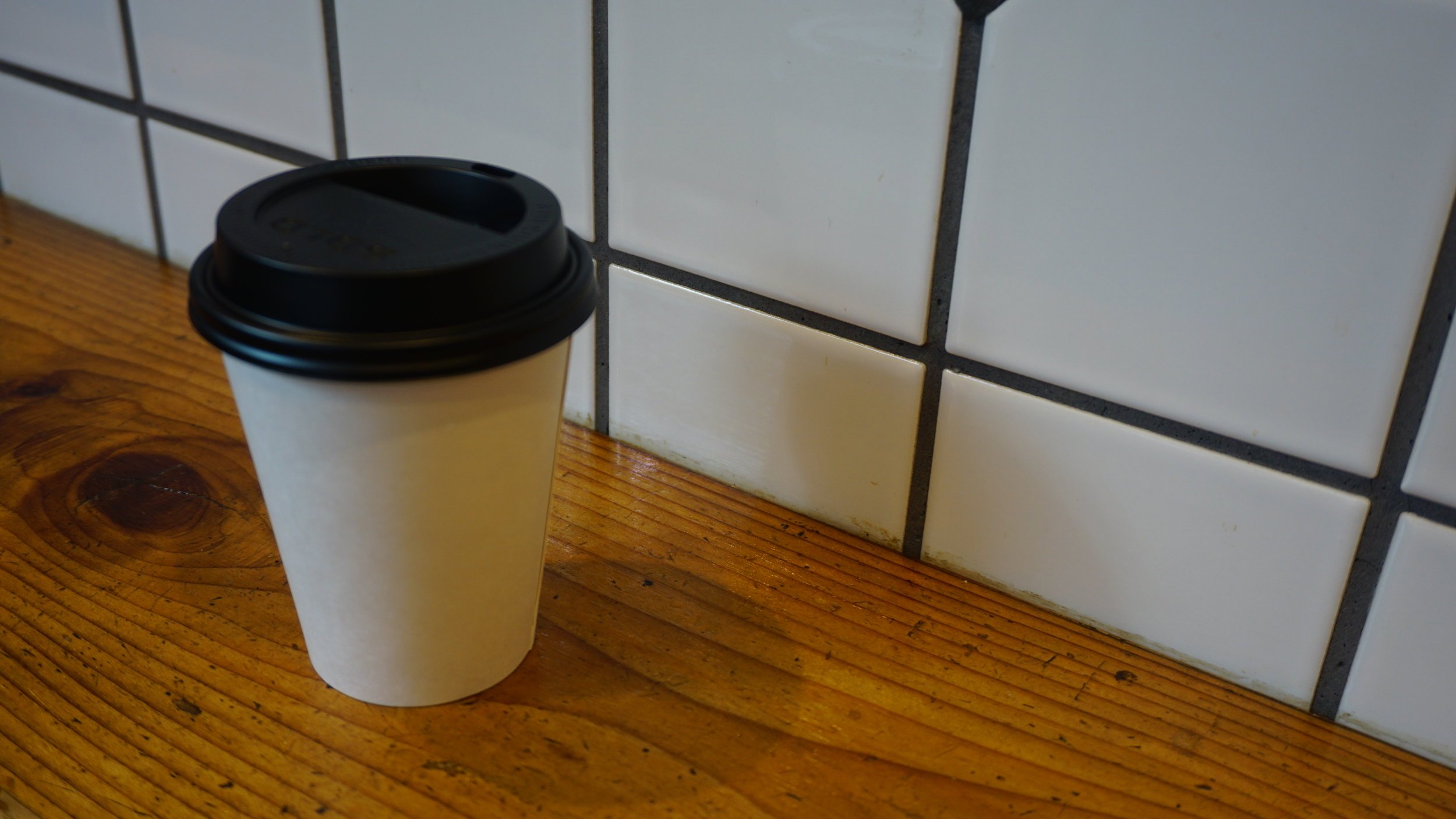The Part Time Beauty Guide to Tokyo - Part Two
The world-famous Shibuya Crossing
As was touched upon in Part One, Tokyo is huge, and each of its neighbourhoods has its own unique character. The towering neon jungles of Shinjuku and Shibuya are probably what the average person pictures when they think of Tokyo, with the latter’s bustling pedestrian crossing now recognised the world over. Aoyama and Ginza are where most of the really serious shopping goes down, and many of the designer boutiques in these areas are architectural marvels on par with the world’s most renowned museums. Elsewhere, Asakusa offers a taste of old Japan, while futuristic Akihabara is a place of pilgrimage for tech and video game fiends.
There should be something for everyone in Tokyo, and I have a hard time imagining anyone ever being bored there. And as happy as I am to make recommendations, Tokyo is not a city of obvious sights, but more a city of experiences: hanami parties in the spring, getting lost down the yokocho, people watching at Harajuku Station, etc. I did manage to fit in one or two attractions and exhibitions during my time there, but there’s still a lot to be said for ripping up the itinerary and just drinking it all in. (Also, if you’re visiting in a group, please go and do karaoke. My only regret is that I didn’t do karaoke.)
In any event, here’s some advice on what to see and do, and where to eat and drink, should you require it. 東京を楽しもう!
One of several really ridiculous views afforded by the Tokyo Skytree
WHAT TO SEE
Although it is technically just a zebra crossing, Shibuya Crossing is among the busiest in the world, and its a spectacle that certainly shouldn’t be missed. It is also a surprisingly good place to get your bearings, and it just so happens to be situated slap-bang in the middle of what is still one of Tokyo’s most exciting neighbourhoods. If you’d rather take it all in from above than risk being trampled, the upper concourse of Shibuya Station (from which the topmost photo was taken) provides a great view of the action. I missed getting to see it at night, so try to make time for that if you can.
While we’re on the subject of views, those from the 450m observation deck of the Tokyo Skytree are pretty hard to beat, especially if you’re after panoramic views of the city. Assuming you aren’t afraid of heights, the Skytree is an absolute must, and I would probably have to recommend it over the shorter, Eiffel-inspired Tokyo Tower. (Not that there’s anything whatsoever wrong with the Tokyo Tower, but, you probably don’t need to go up them both.) If you’re feeling especially brave, parts of the Skytree’s observation deck even feature a glass floor…eep.
Now, because it would be unfair to favour modern Tokyo over the old Tokyo that paved the way for it, it is worth getting some shrines and temples in. Meiji Jingu in Shibuya and Senso-ji in Asakusa are two of the most popular, and most worthwhile, but you’ll have to be early if you want to beat the crowds — especially for Senso-ji. The grounds surrounding the Tokyo Imperial Palace are also beautiful and well worth a look, but do bear in mind that the palace itself is not open to the public. To the north, Ueno Park provides more old-world charm, and is also home to the Tokyo National Museum.
A taste of old Japan at Meiji Jingu
When it comes to museums and galleries in Tokyo, its really a matter of going with your interests, as there is a whole heap to choose from. Along with the aforementioned Tokyo National Museum, Ueno Park is also home to the National Museum of Nature and Science, the National Museum of Western Art, the Shitamachi Museum, the Tokyo Metropolitan Art Museum, and the Ueno Royal Museum. Phew. You’d need at least a week to get through these alone! Elsewhere, the formerly sleazy Roppongi district has recently reinvented itself as something of an arts hub, so that’s certainly worth investigating, and there are countless other weird and wacky exhibits and events to attend all over the city.
Because I didn’t have masses of time to spare, I decided to head straight to what has been described as Tokyo’s most Instagrammable spot: teamLab Borderless. teamLab Borderless is a self-styled “digital art museum” ran as a collaboration between Epson and the Mori Building Company (from what I could gather) and it is located out on Odaiba, a man-made island in Tokyo Bay. teamLab Borderless is difficult to describe but easy to appreciate, and it has graced the Instagram feeds of everyone from Carly Rae Jepsen and Justin Bieber to Elsa Hosk and Romee Strijd. Ironically, I didn’t get much of a chance to photograph or post anything as a bad bout of stomach cramp meant that I had to cut my visit short (boo), but it was still a unique, multi-sensory experience that I wouldn’t hesitate to recommend to anyone.
One of the many Insta-worthy spots at teamLab Borderless
WHERE TO EAT AND DRINK
Where you choose to eat and drink in Tokyo will probably be informed by personal preferences and habits more than anything, but, chances are it will involve a lot of ramen. Ramen is everywhere in Tokyo, and ramen bars are wonderfully democratic places, serving all sorts of people from all walks of life. Although I ate a lot of ramen, I’m not sure I made it to any of the really outstanding places, but I can tell you that the Ichiran chain is a safe bet, and that Ippudo in Roppongi is worth the short queue that you will inevitably find yourself in. However, if you absolutely must find the best possible ramen in Tokyo, this list should serve you well.
For the most memorable sushi experience imaginable, head to Kozue at the Park Hyatt Tokyo, but be warned that the prices are not for the faint of heart. Shibuya Gyoza and Maisen, both in Shibuya, are great lunch options, serving up gyoza and tonkatsu respectively. Finally, although you probably won’t get sick of Japanese food, Mediterranean restaurant Cicada is a few minutes’ walk from Omotesando Station and is definitely worth a look — especially if you’re a fan of mezze or tapas.
As someone who doesn’t really drink much, and certainly tends to avoid it when travelling solo, I don’t have many insights into bars and such in Tokyo. However, I can pass on the recommendations that were given to me by friends, and these include the following: for beer, head to Mikkeller Tokyo in Shibuya or Spring Valley Brewery in Daikanyama; for whiskey, head to the Tokyo Whisky Library (situated just steps away from the aforementioned Cicada), and for sake, head to The Hangar over in Nakameguro. If the view means more to you than anything, the New York Bar at the Park Hyatt is still your best bet. Its seriously atmospheric, and there was even a live band when I visited.
Signs pointing to the New York Bar at the Park Hyatt Tokyo
What I lack in knowledge of booze I more than make up for in knowledge of coffee, and its safe to say that Tokyo has a healthy coffee scene nowadays. Give the Starbucks a miss and give one of the following, more specialised places a try: About Life Coffee Brewers, a blink-and-you’ll-miss-it coffee stand in the heart of Shibuya; Fuglen Tokyo, also in Shibuya, where the Scandinavian-style pastries are every bit as good as the coffee; Koffee Mameya in Omotesando, a truly unique spot where your own personal barista will guide you towards the perfect cup or bag of beans to take home; Maruyama Coffee in Nishi-Azabu, where the menu is mind-bogglingly extensive, and Unlimited Coffee Bar, which is located just underneath the Skytree, making it perfect for a restorative brew. There’s more that I could recommend, but I’m probably well into anorak territory as is!
If coffee isn’t your thing, worry not — you can get pretty much any beverage in Tokyo, and chances are you’ll find someone who prepares it to an impeccable standard. Fans of matcha (I’ve tried but sadly I’m not one of them) should head to The Matcha Tokyo in Harajuku, while tea enthusiasts really shouldn’t miss Sakurai Japanese Tea Experience, which is another great place that just so happens to be only a short walk away from Omotesando Station.
Stay tuned for The Part Time Beauty Guide to Tokyo - Part Three, which will discuss where to shop in Tokyo, as well as all things beauty-related in the city.
This piece was originally published on Part Time Beauty in 2019.





